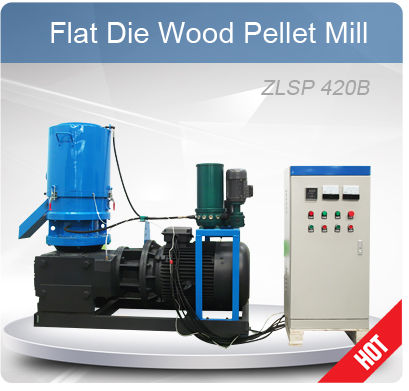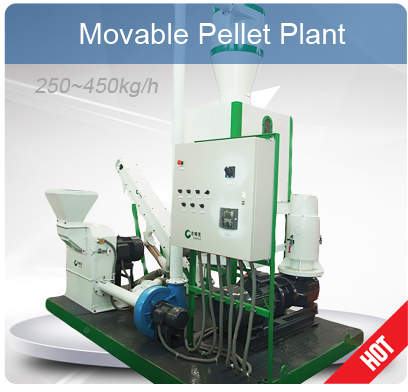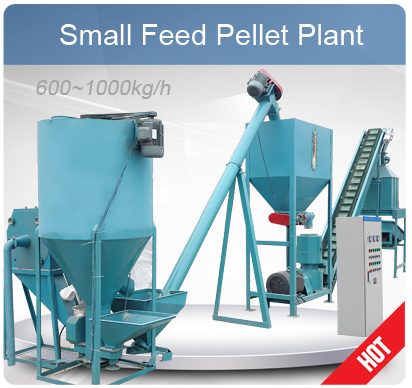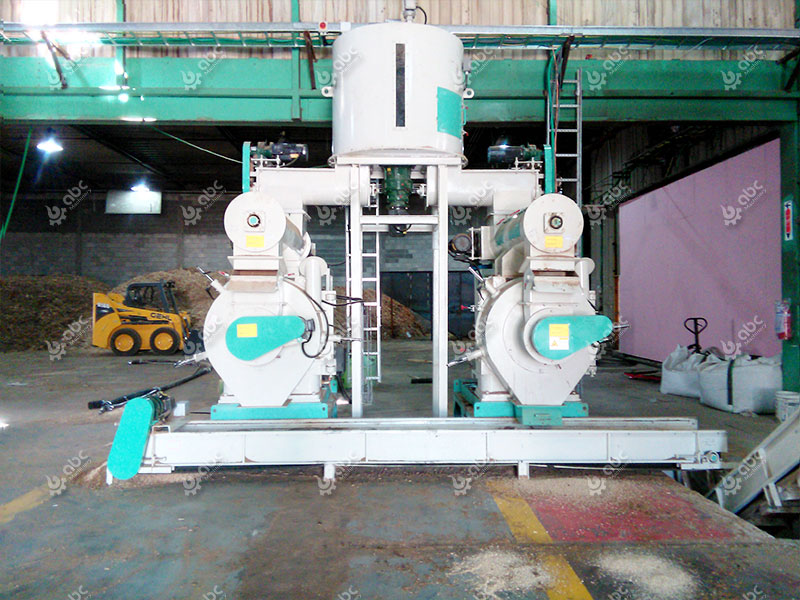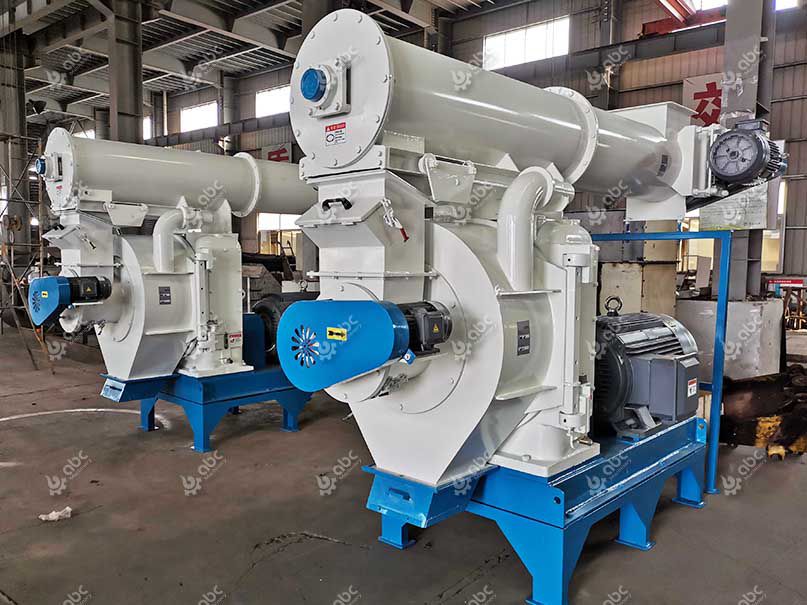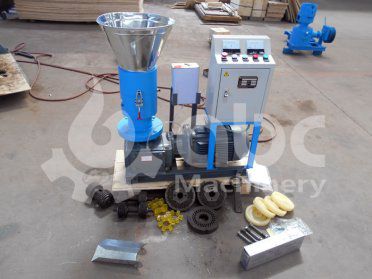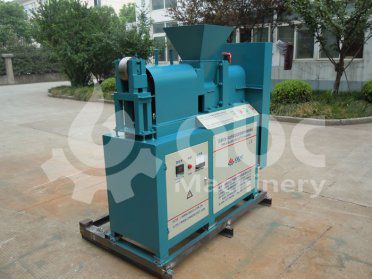Project Name: Wood Pelletizing Plant
Production Capacity: 2~3 Ton per Hour
Raw Materials: Chestnut Wood Chips
Main Equipment: Crushing Machine, Drying Machine, Pellet Machine, Pellets Cooling Machine, Packing Equipment and PLC system.
Project Location: Italy
The drying section of the plant is required to run 24 hours continuously. The other sections run about 8 hours per day.The drying section of the plant is required to run 24 hours continuously. The other sections run about 8 hours per day.
The following photos are about an automatic wood pellet mill project built in Italy.
The equipment cost of setting up a 3TPH wood pelletizing plant is generally $250,000~$350,000 (As the equipment layout customized for each client, the exact costs is based on your needs and requirement). (Related Project: 2 TPH Wood Pellet Manufacturing Plant for Energy Crops)
Cost Budgeting of Building a Wood Pellet Plant
The dawn of the twenty first century brought with it an increased need and demand to produce not only cheap but also eco-friendly alternative sources of energy, thus giving prominence to wood pellets. Wood pellets are a source of energy that can be produced both in large scale and small scale to save energy costs. The annual demand for wood pellets has been gradually increasing through the years consequently leading to an increase in the number of wood pelletizing plants as entrepreneurs strive to catch up with the growing demand. As more and more plants are put up, the question of what it would cost to build a wood pellet manufacturing plant has also gained significance. Calculating cost is the only way to gauge viability of venturing into this business for the keen entrepreneur who is looking into starting his own pellets producing factory.
Market Focus
Before considering the cost to build a wood pelletizing plant, you first need to know the target market for wood pellets. The consumer market is divided into residential customers and industrial customers. The residential customers, well aware that every one tonne of pellets saves up to a hundred and fifty gallons of heating oil, mainly use pellets for heating households and workplaces. The annual demand among the residential customers usually peaks just before the cold season sets in as preparation for winter while you can expect the demand from the industrial consumers to remain roughly constant throughout the year since they use pellets as a source of energy. Wood pellets fetch around $304 per tonne in Europe and between $230-300 in America. So there really is a ready market out there. All we need to do is figure out what it will cost.
Set-Up Costs
First off, we need to consider plant equipment and set up costs. It is relatively cheaper to set up a wood pelletizing plant in America and Canada compared to in Europe since energy expenses are cheaper in the aforementioned North American countries. This will include costs of land which are relative depending on the region in addition to feedstock costs. Different feedstock will require different purchasing and processing costs. Hardwood and softwood costs range from $35-45 per tonne. The processing costs of these two types of wood also differ since they require different compression ratios, with soft wood requiring a higher compression ratio. (Related Product: Ring Die Pellet Mill for Sale)
Feedstock Costs
Another factor to consider when calculating the cost to build a wood pelletizing plant is the size of raw material. Small to medium sized feedstock will require a pellet mill priced between $1000-3000 while logs, which are larger require a hammer mill which goes for roughly the same price. The costs of the mills and the workshop, however, will have to increase with increase in production to accommodate capacity so all these factors will have to be taken into account.

4.5-6Ton per Hour Wood Pellet Line in Chile
The cost of raw materials is also of significance since it's a variable cost with different factors coming into play to determine what it will cost. For example, you have to consider whether you will use virgin wood or recovered wood. Recovered wood is cheaper than virgin wood while also being more convenient since they have a lower moisture content hence reducing the drying expenses. Recovered wood will cost $55-65 per tonne while virgin wood will set you back $70-80 per tonne.
Other Costs
We can now take a look at Deloitte's figures, a reputable accounting firm, to determine the other costs that might be overlooked by a budding wood-pellet entrepreneur. The energy consumption costs average at $10 per tonne produced, repair and life cycle maintenance will cost around $5 per tonne, loading costs into rail for bulk shipments will cost $2.5 per tonne while pellet storage and railroad facilities amount to $ 2 million. Grinding costs on site per annum are around $3-4 million. Other factors such as labour and capital will depend on capacity, with larger plants enjoying favourable economies of scale. Labour costs are valued at $10 per 150,000 tonnes produced annually while capital costs come to $125 per tonne when production is 100,000 tonnes annually. Other important costs include warehouse costs at $10 per tonne while transportation costs average at $35-45 per tonne. (Related Product: Cheap Mini Pellet Plant for Sale)

 Build Your Future!
Build Your Future!














